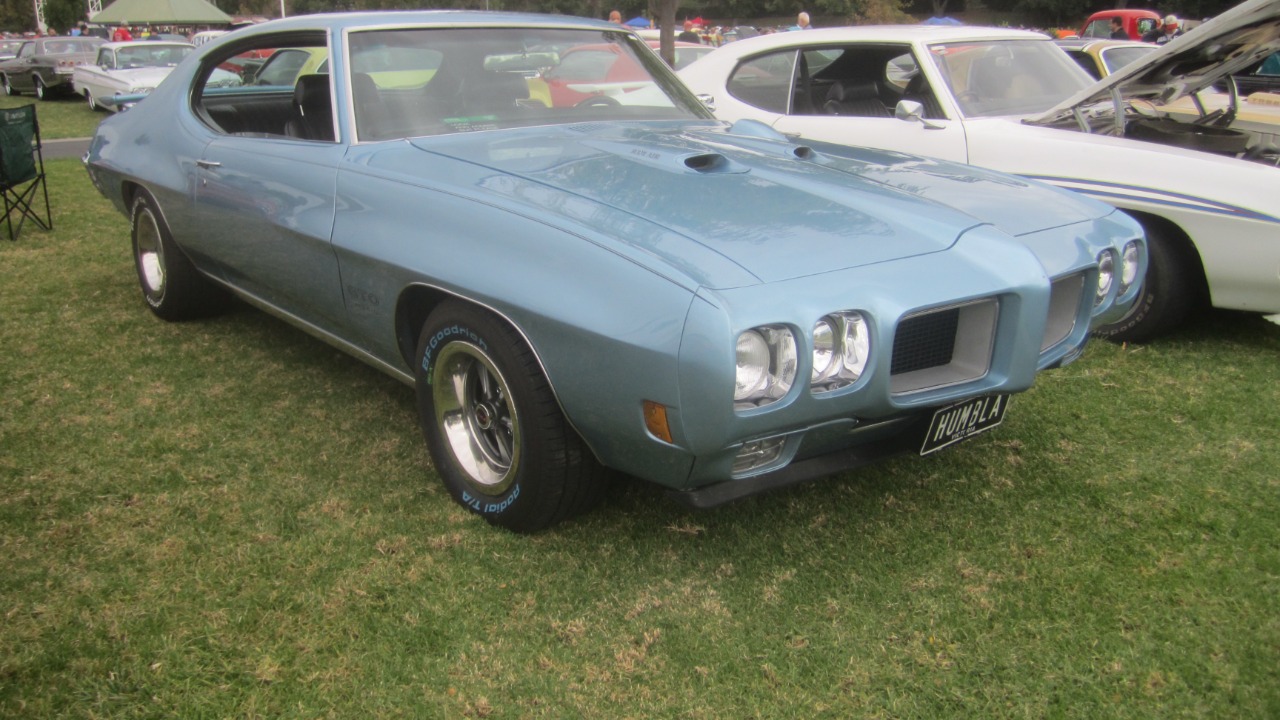
The Pontiac GTO, often hailed as the original American muscle car, owes its name to the Italian phrase “Gran Turismo Omologato.” This term, borrowed from European racing heritage, signifies a grand tourer approved for competition. The GTO badge first graced Pontiac’s high-performance models in the 1960s, transforming ordinary coupes into legendary speed machines that defined an era. A prime example of this transformation is the 1967 Pontiac GTO, which has recently been reimagined as an LSA-powered restomod, blending modern engineering with classic aesthetics.
The Meaning Behind GTO
The acronym “GTO” stands for “Gran Turismo Omologato,” an Italian motorsport term for production cars approved for racing. Pontiac adopted this term to evoke a sense of performance prestige on their muscle cars. The GTO designation, introduced in 1964, differentiated high-output variants and was directly linked to Pontiac’s push for speed and style in American automotive culture. This move had a significant cultural impact, positioning the GTO as a symbol of rebellion and engineering innovation that influenced subsequent muscle car naming conventions (TopSpeed).
Pontiac’s Introduction of the GTO Badge
The Pontiac GTO made its debut in 1964 as a dealer-installed option on the Tempest LeMans. It featured a 389 cubic-inch V8 engine that delivered 325 horsepower and accelerated from 0-60 mph in under 7 seconds. Pontiac engineer John DeLorean championed the GTO concept, bypassing corporate restrictions to create an unauthorized prototype that became the blueprint for the muscle car era. The GTO was marketed as a “gentleman’s hot rod,” and with sales exceeding 31,000 units in its first year, it solidified Pontiac’s reputation for bold performance vehicles (Hagerty).
The Iconic 1967 Pontiac GTO Model
The 1967 Pontiac GTO featured several enhancements, including an optional 400 cubic-inch Ram Air V8 producing 360 horsepower, a stanced Endura front bumper, and hideaway headlights, making it a visual and performance standout. A modern restomod of this model features a supercharged 6.2-liter LS engine from a Corvette ZR1, delivering over 550 horsepower. This blend of vintage aesthetics with contemporary power and reliability showcases the enduring appeal of the 1967 model. With production numbers reaching 81,000 units and values now climbing past $50,000 for well-preserved examples, it underscores its status among Pontiac’s greatest muscle cars (Yahoo Autos).
Key Innovations in GTO Design and Performance
Lesser-known engineering feats of the GTO include the Tri-Power carburetor setup on early models. This setup allowed three two-barrel carbs to boost output to 348 horsepower while maintaining drivability. The evolution of suspension and braking systems across GTO generations is also noteworthy. For instance, the 1965 addition of a heavy-duty four-wheel disc brake option improved stopping power for high-speed runs. Unique features like the 1966 GTO’s hidden headlights and coke-bottle styling contributed to its win as Motor Trend’s Car of the Year and influenced Pontiac’s design language for decades (HotCars).
GTO’s Role in Muscle Car History
The GTO was launched on September 27, 1963, at the Detroit Auto Show, where it stunned audiences with quarter-mile times under 15 seconds, earning it the title of the first true muscle car. Interesting production trivia includes the 1968 GTO’s Judge variant with a 370-horsepower 400 V8 and distinctive Ram Air hood. This variant was limited to just 6,725 units and is now valued at over $100,000 in original condition. The GTO held a competitive edge against rivals like the Ford Mustang and Plymouth Barracuda, with Pontiac selling over 500,000 GTOs total from 1964 to 1974, cementing its legacy in American automotive lore (Hagerty).
Modern Legacy and Restorations of the GTO
Contemporary restomods like the 1967 LSA-powered example feature a six-speed manual transmission and upgraded chassis that achieves sub-4-second 0-60 times while preserving the original’s curvaceous lines. Collector interest remains high, with rare GTO variants such as the 1969 convertible fetching auction prices up to $200,000, driven by nostalgia for Pontiac’s pre-2009 discontinuation. Ongoing tributes, including aftermarket parts availability and club events, keep the GTO relevant, ensuring its influence on custom builds and electric conversions in today’s hot rod scene (Yahoo Autos).
More from MorningOverview